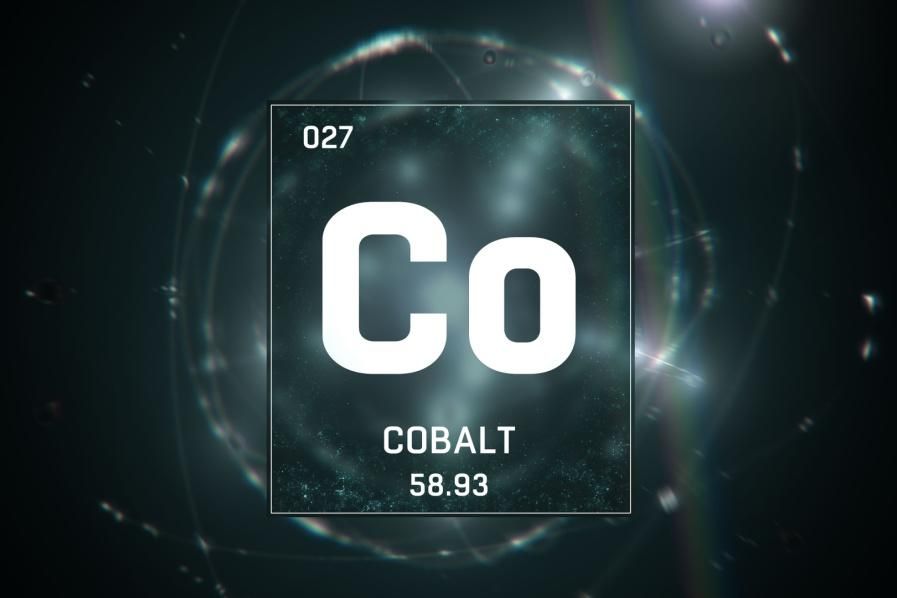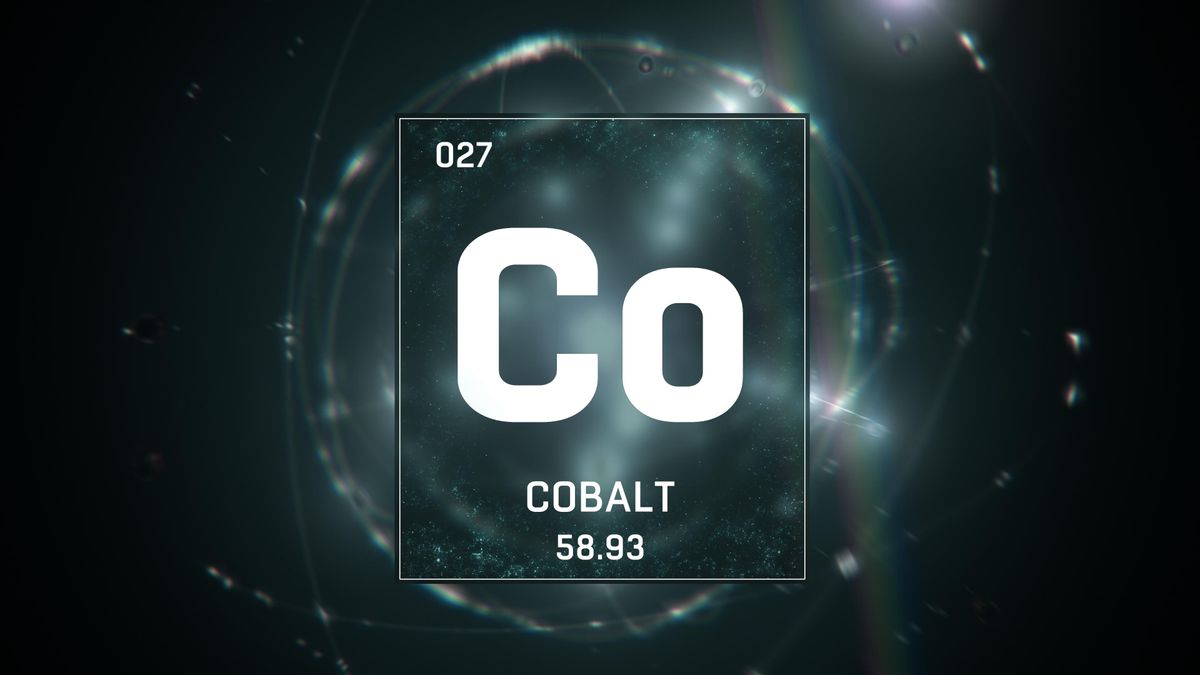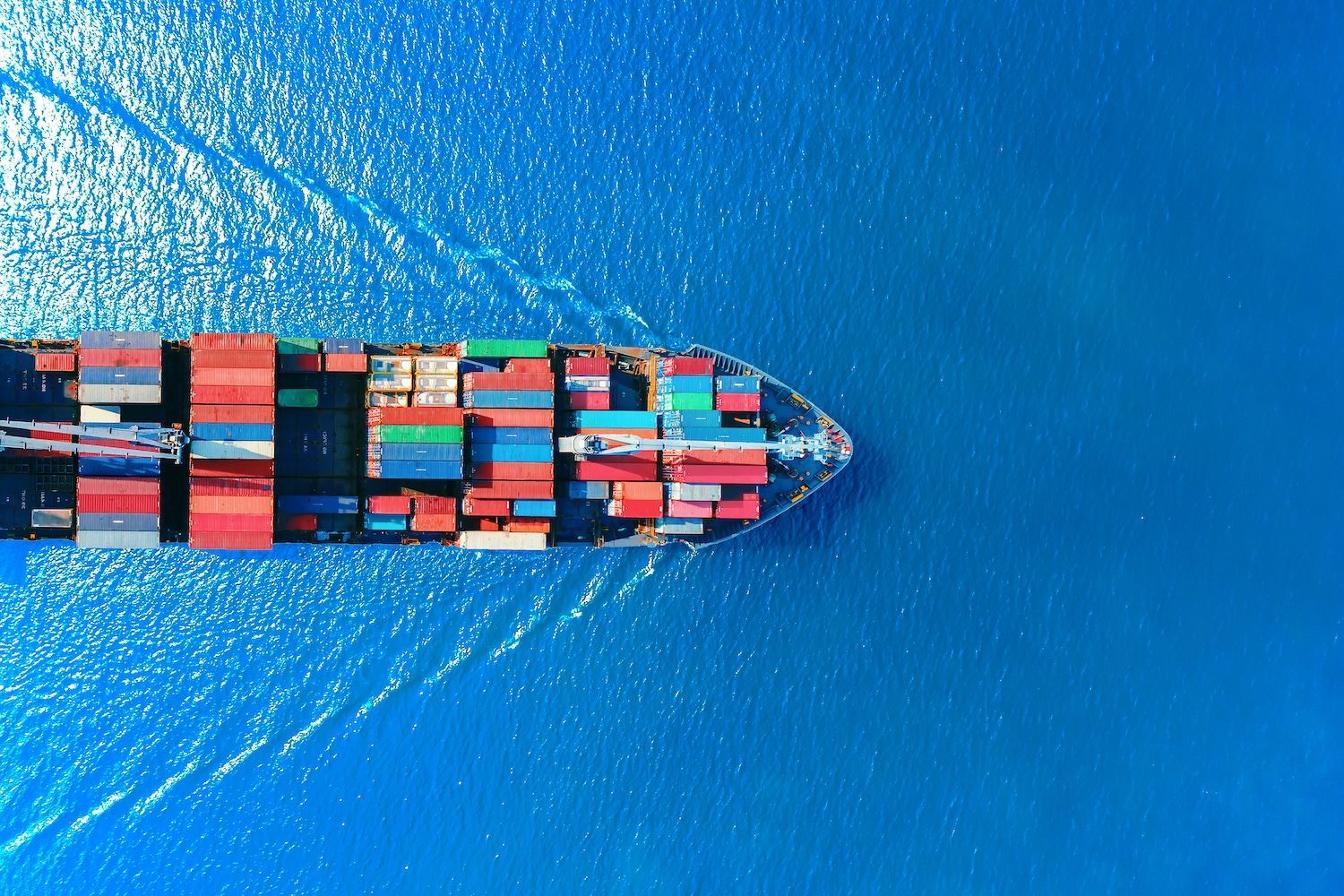NOT FOR DISTRIBUTION TO UNITED STATES NEWSWIRE SERVICES OR FOR DISSEMINATION IN THE UNITED STATES
Sherritt International Corporation ("Sherritt") (TSX: S) today released its 2020 Sustainability Report, outlining the Company's recent performance on environmental, social, and governance (ESG) matters and upgraded targets and commitments, including achieving net-zero emissions by 2050.
"Sherritt has a long and positive track record of sustainable activities in the communities in which we operate," said Leon Binedell, President and CEO of Sherritt International. "We extended this performance in 2020 by making progress on a number of our ESG commitments, including achieving zero fatalities at our operations and implementing additional health and safety measures to protect employees at our operations from COVID-19. We plan to extend this momentum through a number of upgraded ESG targets in the near and longer terms as well through the role our nickel and cobalt products and Technologies capabilities will play in reducing carbon emissions in the years ahead."
Sherritt's 2020 Sustainability highlights include:
- Experienced zero work-related fatalities at our operations and in our local communities.
- Continued peer-leading reductions in injury rates, with a Total Recordable Incident Frequency Rate (TRIFR) decrease of 49% and a Lost Time Incident Frequency Rate (LTIFR) decrease of 63% over three years.
- Maintained safe and full production despite the COVID-19 pandemic by utilizing an essential workforce as permitted by local public health guidance.
- Implemented a number of additional health and safety measures designed to protect employees, contractors, suppliers and other stakeholders at our operations from COVID-19.
- Generated more than $500 million in economic benefits for host communities and countries.
- Sherritt's community investments were aligned with local priorities. Donations in-kind consisted of items such as refrigeration equipment for educational and public health centres, road maintenance equipment, and equipment to increase potable water supply.
- Completed a conflict-affected and high-risk areas (CAHRA) assessment based on OECD guidance that concluded that Sherritt, its subsidiaries, and the Moa Joint Venture do not source from, produce in, or transit through CAHRAs. This assessment was independently validated.
- Signed the BlackNorth Initiative Pledge.
- Experienced no security incidents involving allegations of human rights abuses at any of Sherritt's operations.
Sherritt's upgraded ESG Targets include:
- Achieving net carbon neutrality by 2050.
- Ensuring that 36% of employees are female by 2030, doubling the total from 2019.
- Reducing overall greenhouse gas (GHG) emissions intensity by 10% by 2030.
- Generating 15% of our overall energy needs through renewable sources by 2030.
- Aligning 100% of our community investments with local priorities by 2024.
Sherritt's 2020 Sustainability Report, which was prepared in accordance with the Global Reporting Initiative's (GRI) Standards and with the Sustainability Accounting Standards Board (SASB) Metals and Mining Standard, is available online at https://sustainability.sherritt.com .
About Sherritt
Sherritt is a world leader in the mining and refining of nickel and cobalt – metals essential for the growing adoption of electric vehicles. Its Technologies Group creates innovative, proprietary solutions for oil and mining companies around the world to improve environmental performance and increase economic value. Sherritt is also the largest independent energy producer in Cuba. Sherritt's common shares are listed on the Toronto Stock Exchange under the symbol "S".
View source version on businesswire.com: https://www.businesswire.com/news/home/20210920005621/en/
Joe Racanelli, Director of Investor Relations
Email: investor@sherritt.com
Telephone: (416) 935-2457
www.sherritt.com





